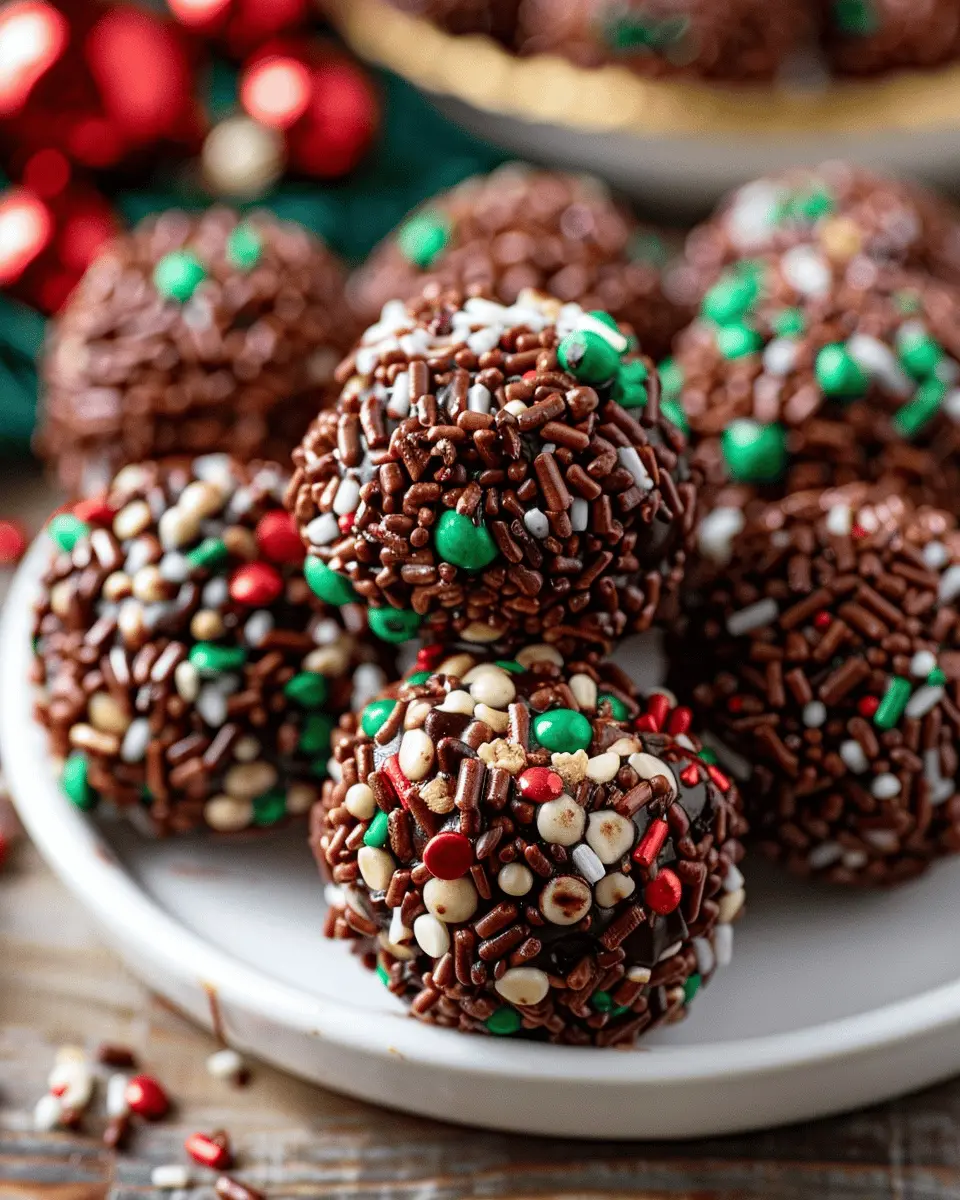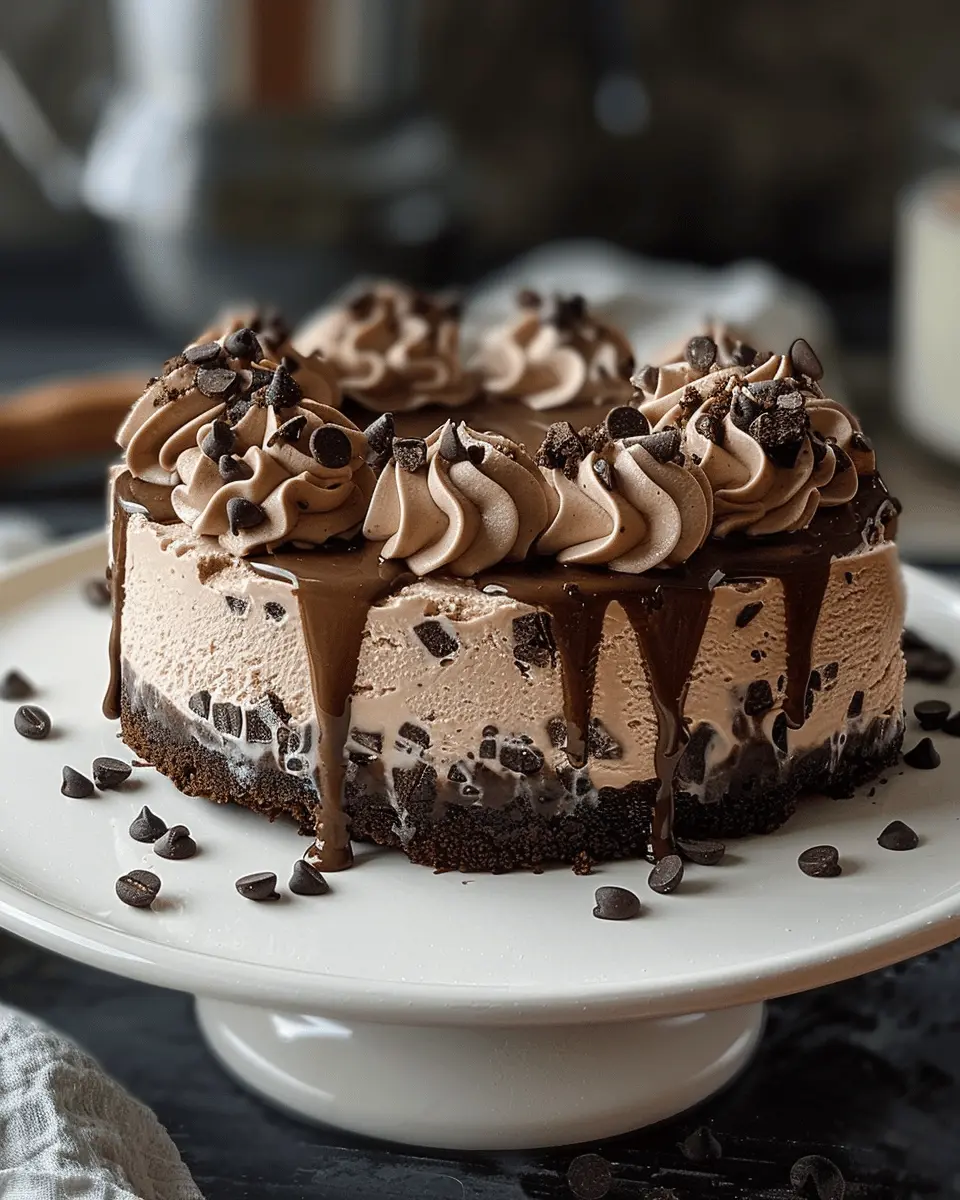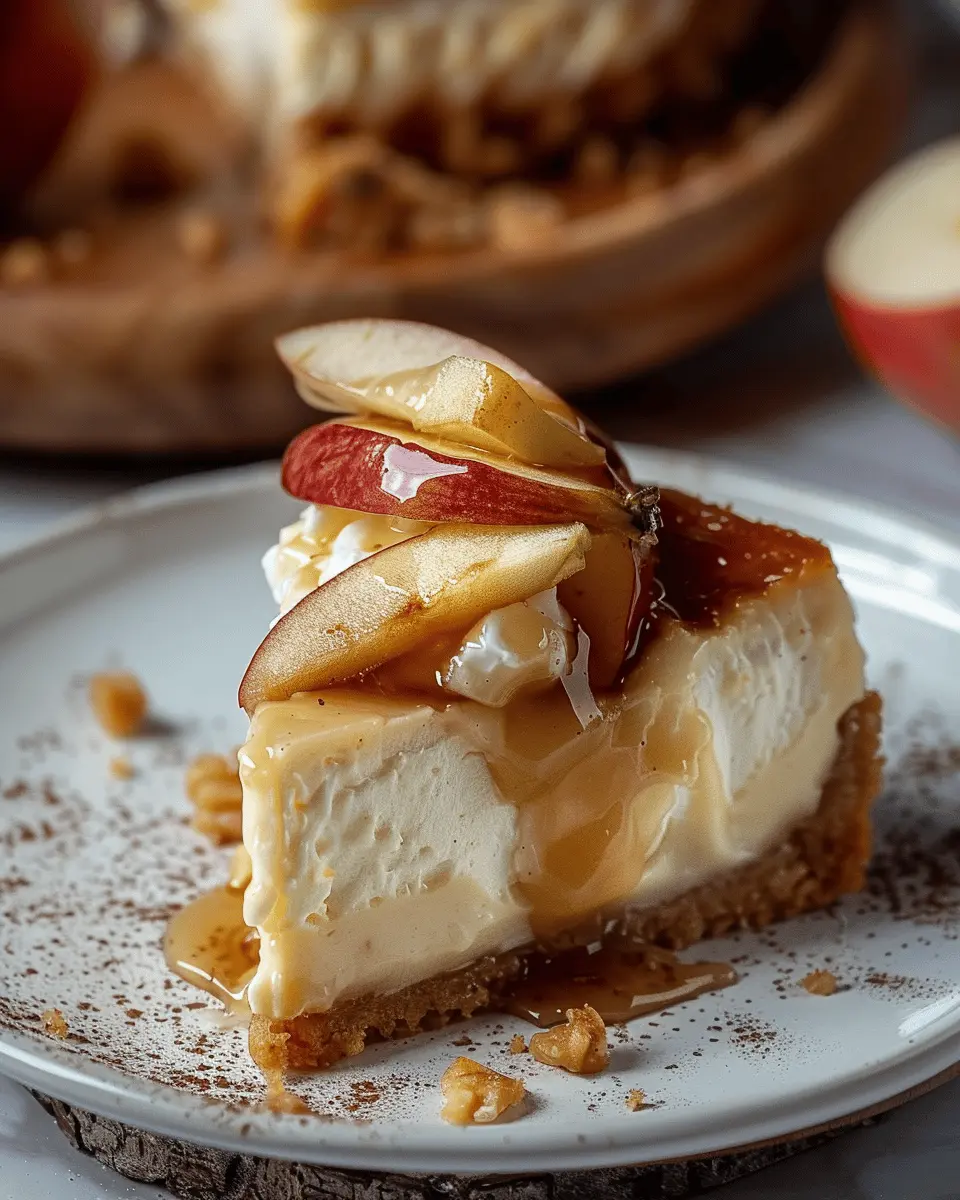Introduction to Lemon Raspberry Pie
There’s something irresistibly nostalgic and satisfying about a well-made pie, and lemon raspberry pie takes this comfort dessert to the next level. What sets it apart is the balance of tart and sweet, the silky lemon custard, the burst of real raspberries, and the light whipped topping layered on a buttery graham cracker or oatmeal crust. It’s a dessert that speaks to both simplicity and elegance.
Unlike other fruit pies, this one brings together two bold flavors — zesty lemon and juicy raspberries — to create a refreshing contrast that hits all the right notes. The creamy lemon layer made with condensed milk gives it a luscious texture, while the raspberry topping adds just enough natural sweetness and color to make it pop.
Ideal for spring and summer gatherings, brunches, or holiday celebrations, this pie is more than just a sweet treat — it’s a conversation piece. If you’re making your own crust, make sure to check out these graham cracker crust tips to get the perfect base every time.
Not sure whether to use bottled or fresh lemon juice? For the boldest flavor, fresh is always better. You might also consider making your own lemon curd — it’s easier than you think and adds a rich depth to the pie. Here’s a simple homemade lemon curd recipe that pairs perfectly with this dessert.
Whether you’re baking for a backyard dinner or just need something bright to lift the mood, lemon raspberry pie is a seasonal favorite that feels both comforting and fresh.
Ingredients Breakdown
Creating a truly memorable lemon raspberry pie starts with understanding each layer and why it matters. From the crisp crust to the bright lemon filling and juicy raspberry topping, every component plays a key role in flavor and texture. Here’s a closer look at what makes this pie stand out.
2.1 For the Crust
While a traditional graham cracker crust is a classic base for many pies, an oatmeal-cinnamon crust offers a heartier, more rustic texture with a touch of warm spice.
-
Oatmeal-Cinnamon Crust: Adds chewiness and depth of flavor compared to plain graham crackers.
-
Butter: Acts as the binding agent. It holds the crust together and adds richness.
-
Sugar: Gives it a slight caramelized sweetness that balances the tart layers above.
Want to ensure your crust doesn’t crumble or go soggy? Follow these graham cracker crust tips — many of them apply to oatmeal variations too.
2.2 Lemon Layer
This is the heart of the pie’s tartness and creaminess. A well-balanced lemon layer should be silky, tangy, and just sweet enough.
-
Sweetened Condensed Milk: Gives the lemon layer its signature creamy texture and mellow sweetness.
-
Egg Yolks: Essential for thickening and structure once baked.
-
Fresh Lemon Juice vs. Bottled: Fresh juice provides brighter, more authentic flavor. Bottled can taste flat in comparison.
-
Lemon Zest: Adds fragrant oils and boosts citrus flavor without additional acidity.
For a deeper flavor, consider making your own lemon curd to incorporate into or layer above the custard.
2.3 Raspberry Layer
The raspberry layer adds brightness and visual appeal. It contrasts beautifully with the creamy lemon filling.
-
Fresh vs. Frozen Raspberries: Fresh are ideal for toppings, while frozen work well for cooking down into a compote.
-
Cornstarch: Helps thicken the berry mixture for a jam-like consistency.
-
Honey or Sugar: Honey adds floral notes and a softer sweetness, while sugar gives you a more traditional fruit dessert taste.
2.4 Whipped Topping
No pie is complete without a light, fluffy topping that ties everything together.
-
Heavy Cream: The base for a rich whipped topping that won’t melt too quickly.
-
Vanilla & Powdered Sugar: Help stabilize the cream and add subtle sweetness.
-
Crushed Raspberries (Optional): Folding in berries gives the topping a pink hue and another burst of fruity flavor.
Each ingredient has a role — understanding them ensures your lemon raspberry pie delivers in both taste and texture, every time.
Step-by-Step Preparation Guide
Bringing your lemon raspberry pie to life is all about layering with intention and getting the textures just right. Each step in the process contributes to that perfect balance of tart, sweet, and creamy. Follow this guide for a pie that looks as good as it tastes.
3.1 Crust Making
A good base sets the tone for the whole pie. Whether you’re going traditional or trying something new, crust matters.
-
Crush and Mix: Use a food processor or rolling pin to finely crush your graham crackers or oats. Mix with melted butter and a bit of sugar until it resembles wet sand.
-
Pre-bake Smartly:
-
Press the crust mixture into the pie pan firmly using the back of a spoon.
-
Freeze for 10 minutes to help it firm up.
-
Dock the crust (poke it with a fork) and bake with pie weights or dried beans for even baking.
-
-
No-Bake Option: Chill the pressed crust for at least an hour. This works well if you prefer a more delicate pie or want to skip the oven entirely.
Need tips to avoid a soggy crust? Refer to these trusted graham cracker crust tips.
3.2 Lemon Filling
The lemon layer is creamy, bright, and packed with citrus flavor.
-
Mixing: In a bowl, whisk together sweetened condensed milk, egg yolks, fresh lemon juice, and lemon zest. The zest brings that extra pop of citrusy aroma.
-
Baking: Pour the mixture into the cooled crust and bake at 350°F for 12–15 minutes, or until it’s mostly set with a slight jiggle in the center.
-
Cooling: Let it cool at room temperature, then transfer to the fridge to chill completely. This helps the custard firm up.
For even deeper flavor, try layering in homemade lemon curd after baking.
3.3 Raspberry Layer
Now for the fruit-forward punch of this pie.
-
Cook the Raspberries: In a small saucepan, combine raspberries, honey or sugar, a touch of cornstarch, and water. Simmer until the berries break down and the mixture thickens (about 5–7 minutes).
-
Check Consistency: You want it thick enough to spread without dripping but not too gelatinous.
-
Layering: Let the raspberry mixture cool slightly, then gently spread it over the chilled lemon layer using a spatula.
3.4 Whipped Cream Topping
Finish with something light and luscious.
-
Mix or Process: Beat heavy cream, powdered sugar, and vanilla extract using a stand mixer or food processor until stiff peaks form.
-
Stiff Peaks: You’ll know it’s ready when the cream holds shape on the beater. Don’t overmix or it’ll turn buttery.
-
Spreading: Use a spatula to gently layer the cream on top. For a fruity twist, fold in crushed raspberries before topping.
With this method, each element of your lemon raspberry pie becomes a showstopper, creating a dessert that’s both vibrant and balanced.
Final Assembly & Serving Tips
After layering each delicious component, your lemon raspberry pie needs time to chill and set properly. This final step is crucial for a clean slice and well-defined layers.
-
Chill for at least 4 hours: Once assembled, place the pie in the refrigerator uncovered. The longer it chills, the better the texture — overnight is ideal if you have the time.
-
Garnish before serving: Right before bringing it to the table, elevate the look with a few simple touches:
-
Lemon zest curls add a bright, citrusy aroma.
-
Whole fresh raspberries make the pie pop visually and tie in the fruit flavors.
-
Fresh mint leaves offer a subtle herbal contrast and fresh appearance.
-
The pie is best served cold, straight from the fridge. This not only keeps the layers firm and distinct but also enhances the refreshing balance of tart lemon and sweet raspberry. It’s a showstopper that’s ready to impress.
Expert Tips and Tricks
Want your lemon raspberry pie to turn out bakery-worthy every time? A few expert techniques can make a big difference in both flavor and ease of preparation.
Make-Ahead Components
Breaking the recipe into parts makes the process smoother — and more enjoyable.
-
Lemon curd can be made up to a week in advance and stored in an airtight jar in the fridge. Try this homemade lemon curd recipe for a rich, tangy base.
-
Raspberry compote keeps well for up to 3 days in the fridge. Prepare it ahead so it’s ready to layer when the pie base is cool.
Smart Substitutions
Dietary needs or preferences? No problem.
-
Use gluten-free graham crackers or oats for the crust — just make sure they’re certified gluten-free.
-
Swap in coconut whipped cream for a dairy-free option that still holds shape beautifully.
Tools That Help
Having the right kitchen tools on hand can save time and ensure better results.
-
A zester helps extract citrus oils for brighter flavor.
-
A food processor makes crust and whipped cream prep quick and smooth.
-
A mesh sieve is essential for removing raspberry seeds and creating a silky filling.
These small steps lead to big payoffs in flavor, texture, and presentation.
Recipe Variations
Once you’ve mastered the classic lemon raspberry pie, try switching things up for different occasions. These fun twists keep the flavors intact while offering new ways to serve and enjoy the dessert.
-
Mini Tarts or Bars: Press the crust into muffin tins or a square baking pan. Great for bite-sized treats or cutting into bars for parties.
-
Layered in Jars: For a picnic or portable dessert, layer the crust, lemon filling, raspberry compote, and whipped cream in mason jars. They’re eye-catching and easy to transport.
-
Lemon-Raspberry Cheesecake Hybrid: Add a layer of cream cheese to the lemon custard or blend it in for a denser, cheesecake-style filling. It creates a rich, tangy base that works beautifully with the fruit layers.
Each variation keeps the tart lemon and sweet raspberry combo at the center, offering new textures and formats to suit your needs.
Storage and Shelf Life
Proper storage ensures your pie stays fresh and delicious.
-
Refrigerator: Store the fully assembled pie in the fridge for up to 3–4 days. Cover loosely with foil or plastic wrap to prevent drying out.
-
Freezer: Freeze only the crust and lemon filling layers — wrap tightly and store for up to one month.
-
Avoid freezing whipped topping, as it can separate and lose texture after thawing.
Always store leftovers chilled and enjoy cold for best results.
Healthier or Dietary Alternatives
If you’re looking to make a lemon raspberry pie that fits your dietary needs or health goals, there are plenty of simple swaps that still deliver great flavor and texture.
-
Sugar Substitutes: Replace granulated sugar with monk fruit sweetener or stevia for a lower-glycemic version. Both work well in the crust and raspberry layer without sacrificing sweetness.
-
Dairy-Free Options: Use coconut milk or cashew cream instead of condensed milk for the lemon filling. For the topping, whip chilled coconut cream with a touch of vanilla.
-
Vegan Version: Swap egg yolks for a plant-based alternative like agar-agar, which helps the filling set. Use a vegan butter or coconut oil in the crust, and skip the dairy in the whipped topping altogether.
These adjustments keep the pie creamy, tart, and satisfying — just with a lighter or plant-based spin.
Nutritional Overview (Estimate per Slice)
A typical slice of lemon raspberry pie (1/8 of a 9-inch pie) has:
-
Calories: Around 320–360 per slice
-
Fat Content: Approximately 18–22g, mostly from cream and crust ingredients
-
Sugars: Includes natural fruit sugars from raspberries and lemon, plus added sugar from condensed milk and sweeteners
To reduce overall sugar, opt for a honey-sweetened raspberry layer and natural sugar alternatives in the crust and topping.
Frequently Asked Questions (FAQs)
Curious cooks often have a few questions when making a lemon raspberry pie for the first time. Here are the most common ones, along with helpful answers to ensure your dessert turns out just right.
Q1: Can I use bottled lemon juice instead of fresh?
-
Yes, you can use bottled lemon juice, but it’s not ideal. Fresh lemon juice has more vibrant citrus flavor and natural acidity, which really lifts the custard. If possible, always choose fresh for best results.
Q2: Can I make the raspberry layer ahead of time?
-
Absolutely. The raspberry compote can be made up to 3 days in advance. Let it cool completely, then store it in an airtight container in the fridge until you’re ready to assemble the pie.
Q3: Why is my pie not setting properly?
-
This usually comes down to underbaking the lemon filling or layering ingredients before the previous one has cooled fully. Make sure to bake the custard until it’s just set and cool thoroughly before adding the raspberry layer.
Q4: Can I skip the whipped topping?
-
Yes, you can omit it, but the whipped topping helps balance the tartness of the lemon and raspberry. For a lighter option, try plain Greek yogurt or a blend of cream cheese and vanilla.
Q5: Is this the same as Lemon Raspberry Tart?
-
Not quite. While both share similar flavors, a lemon raspberry tart typically has a shortcrust pastry and may focus more heavily on custard texture with minimal toppings. The pie version offers more layering and a rustic, creamy finish.
Conclusion & Final Thoughts
Lemon raspberry pie is the kind of dessert that brings brightness to any season.
-
It’s a perfect way to celebrate summer flavors year-round.
-
A true crowd-pleaser for holidays, potlucks, or dinner parties.
-
Simple enough for beginners, yet impressive enough to wow your guests.
With its balance of tart lemon, sweet raspberries, and creamy textures, this pie is more than a treat — it’s a refreshing, beautiful finish to any meal.
Print
The Best Lemon Raspberry Pie Recipe
- Prep Time: 25 minutes
- Cook Time: 25 minutes
- Total Time: ~4 hours 50 minutes
- Yield: 8 slices 1x
- Category: Dessert
- Method: Baking
- Cuisine: American
- Diet: Vegetarian
Description
A refreshing and vibrant pie featuring a buttery graham cracker crust, a creamy lemon filling, a fruity raspberry layer, and fluffy whipped topping. This dessert is perfect for spring and summer gatherings.
Ingredients
For the Crust:
-
2 cups crushed graham crackers
-
1/2 cup melted butter
-
1/4 cup sugar
For the Lemon Layer:
-
1 can (14 oz) sweetened condensed milk
-
1/2 cup fresh lemon juice
-
1 tablespoon lemon zest
-
2 egg yolks
For the Raspberry Layer:
-
1 1/2 cups fresh raspberries
-
1/4 cup honey or sugar
-
1 tablespoon cornstarch
-
2 tablespoons water
For the Whipped Topping:
-
1 cup heavy cream
-
2 tablespoons powdered sugar
-
1 teaspoon vanilla extract
Instructions
-
Prepare the Crust:
Preheat oven to 350°F (175°C). Combine graham cracker crumbs, melted butter, and sugar. Press into a pie pan. Bake for 8 minutes and cool. -
Make the Lemon Layer:
Mix sweetened condensed milk, lemon juice, zest, and egg yolks. Pour over the crust. Bake for 12–15 minutes until just set. Cool completely. -
Make the Raspberry Layer:
In a saucepan, heat raspberries, honey (or sugar), cornstarch, and water. Cook 5–7 minutes until thickened. Cool slightly, then spread over lemon layer. -
Whipped Topping:
Beat heavy cream, powdered sugar, and vanilla until stiff peaks form. Spread on top of raspberry layer. -
Chill & Serve:
Refrigerate for at least 4 hours. Garnish with fresh raspberries and lemon zest before serving.
Notes
-
You can use frozen raspberries if fresh aren’t available — just thaw and drain first.
-
For a stronger lemon flavor, add a bit more zest.
-
Pie can be made a day ahead for best setting.
Nutrition
- Calories: 370 kcal
- Sugar: 27 g
- Sodium: 150 mg
- Fat: 23 g
- Saturated Fat: 13 g
- Carbohydrates: 38 g
- Fiber: 2 g
- Protein: 5 g
- Cholesterol: 90 mg













